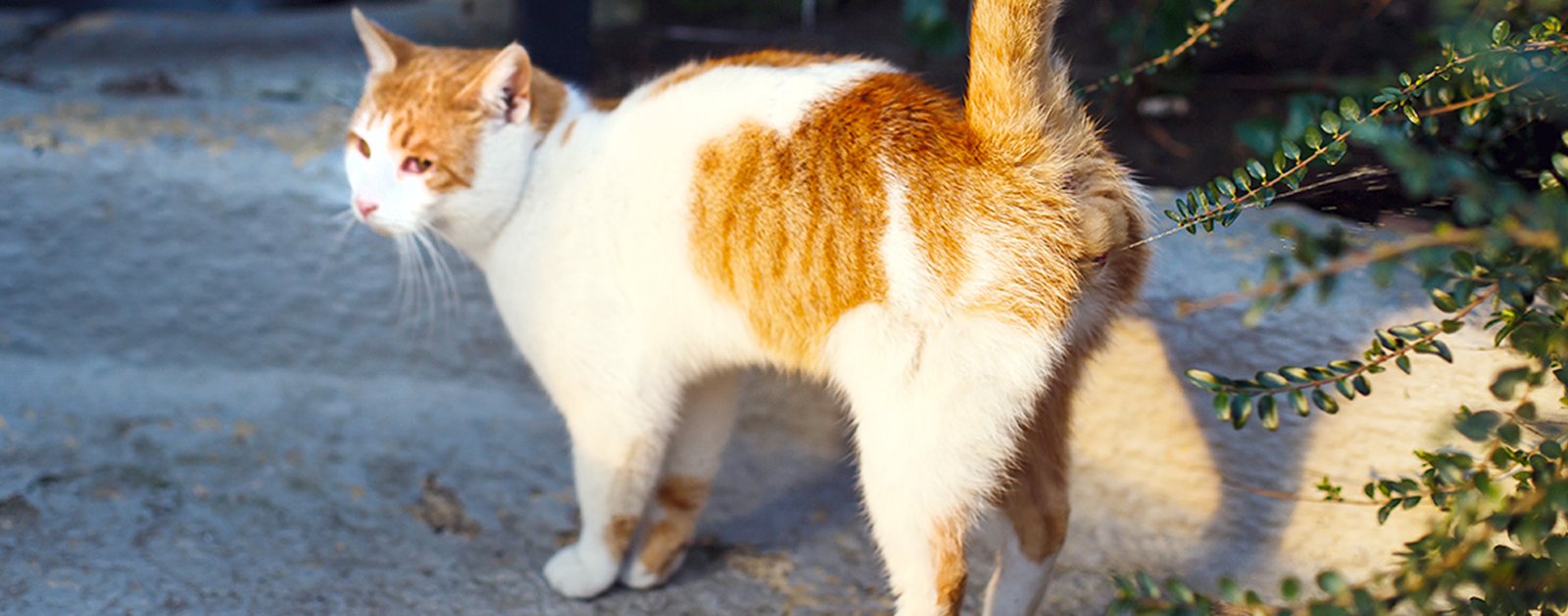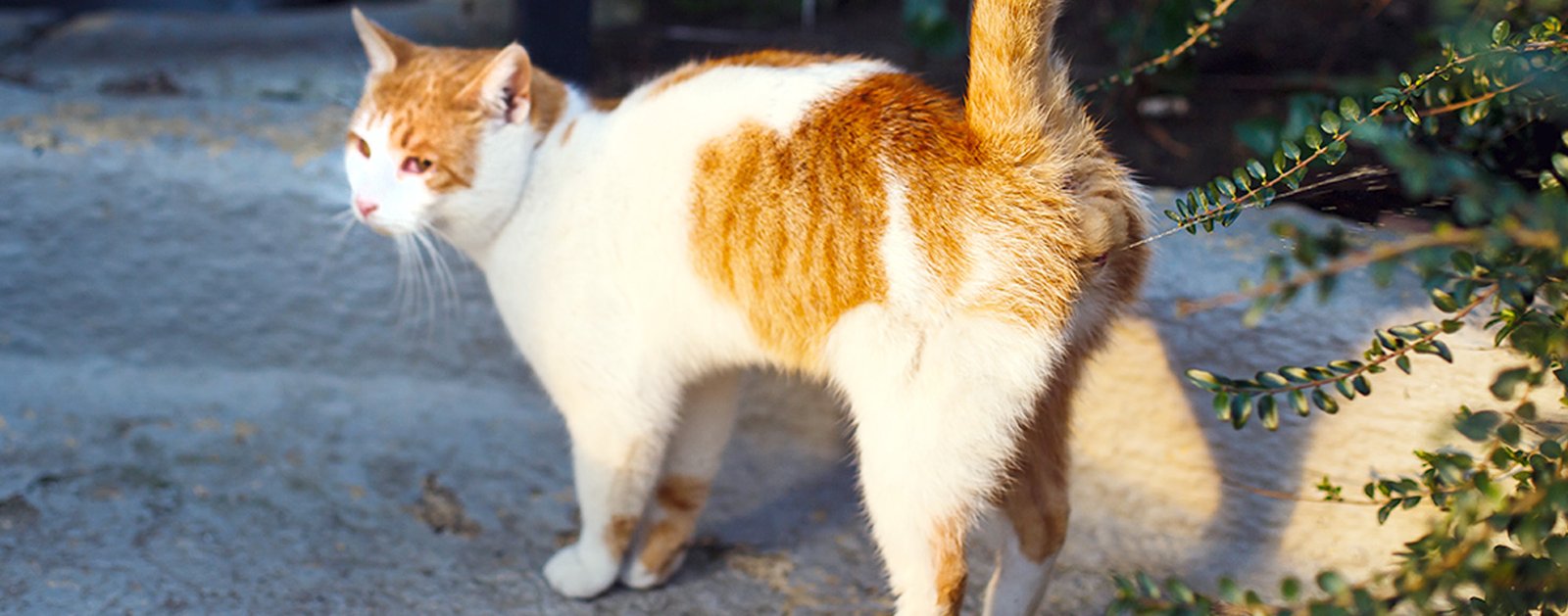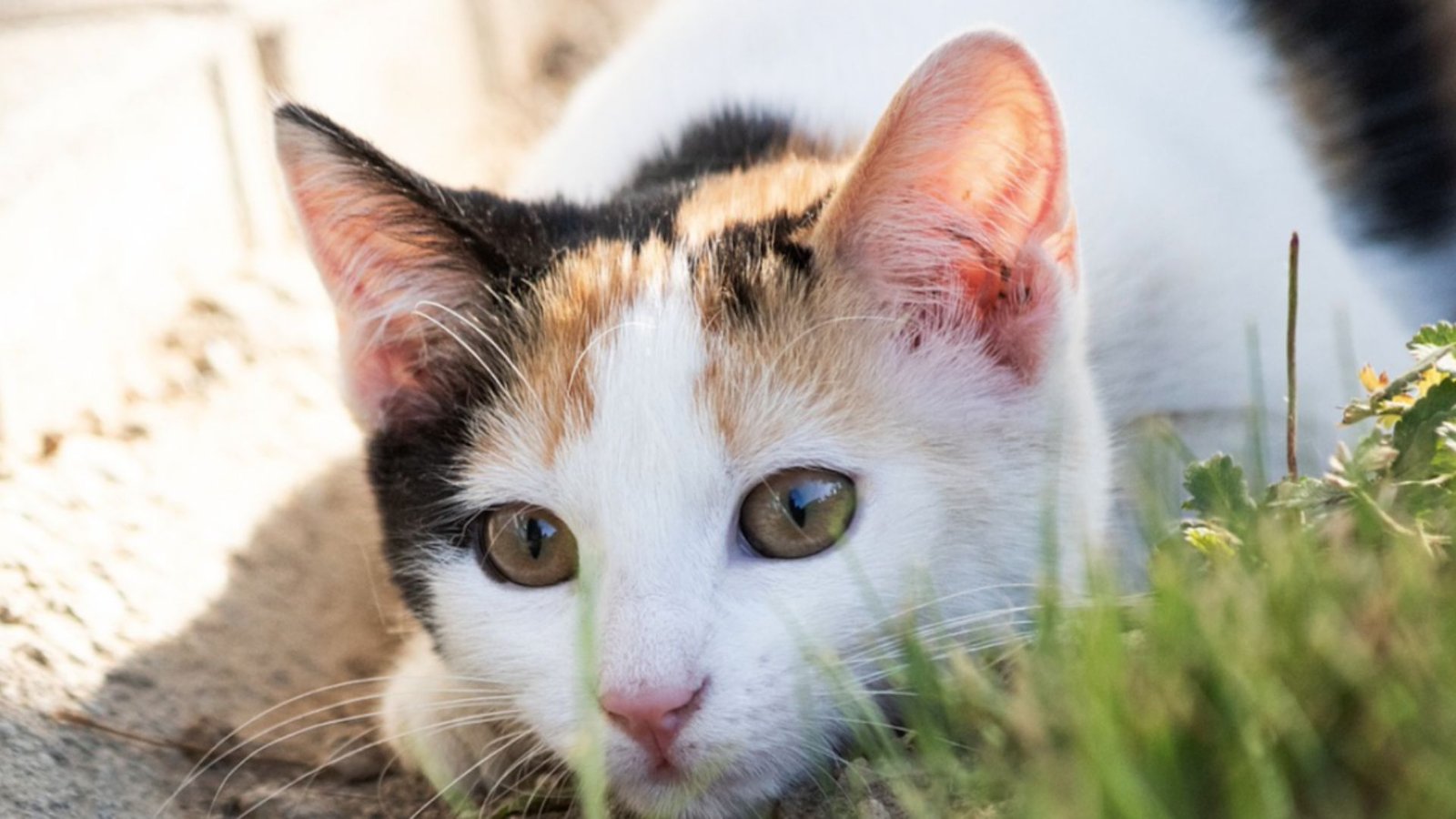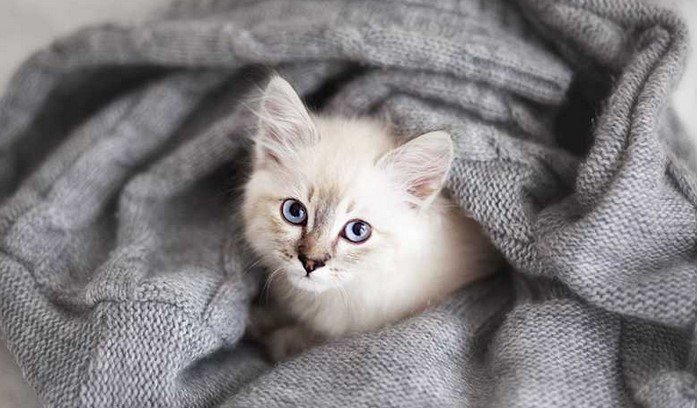Cats are known for their distinctive behaviors, and marking their territory is one of the more puzzling habits that many cat owners encounter. While both male and female cats can engage in marking behavior, it’s important to understand why female cats do it and how you can address it. This guide explores the reasons behind marking, how to identify the signs, and the best ways to manage this behavior.
Why Do Female Cats Mark?
Marking is a natural behavior for both male and female cats, but it can be perplexing for owners, especially when it happens in the home. Female cats may mark for a variety of reasons, many of which are tied to their instincts and environmental factors.
1. Reproductive Behavior (In Heat)
One of the primary reasons female cats mark is to communicate their reproductive status to potential mates. When a female cat is in heat (estrus), her body is preparing for mating, and she may engage in behaviors like marking to signal her availability. During this time, female cats release hormones that trigger instinctive behaviors like vocalization, rubbing, and marking.
- Signs of Heat: In addition to marking, cats in heat may exhibit behaviors like rolling on the floor, rubbing against furniture or people, and frequent yowling. They may also become more affectionate and may raise their tail when touched in a specific way.
- Solution: Spaying your female cat is the most effective way to prevent marking associated with heat cycles. Once spayed, most cats will stop marking and other behaviors related to mating.
2. Territory Marking
Cats are territorial creatures by nature, and marking is a way for them to assert their boundaries and communicate with other cats in the area. While male cats are more likely to mark to defend their territory, female cats, particularly unspayed ones, may also mark their territory, especially if there are other cats in the household or neighborhood.
- Signs of Territory Marking: Territorial marking typically involves spraying urine on vertical surfaces such as walls, furniture, or door frames. The scent left behind serves as a signal to other cats that the space is already claimed.
- Solution: Providing your cat with a secure and enriching environment may help reduce territorial marking. If there are other cats nearby, ensure that your cat has enough space to feel comfortable and less threatened.

3. Stress or Anxiety
Stress and anxiety can cause a range of unusual behaviors in cats, and marking is one of them. Changes in the household, such as moving to a new home, the arrival of a new pet or person, or a sudden shift in routine, can trigger your cat to mark her environment. Cats may also mark if they are feeling insecure or threatened by other animals or even unfamiliar smells.
- Signs of Stress-Induced Marking: Stress-related marking usually happens in specific areas where the cat feels anxious or threatened. For example, they may mark around windows, doors, or areas where they’ve encountered other cats or animals.
- Solution: Minimizing stress is key to reducing this type of marking. Ensure your cat feels secure in her environment by maintaining a consistent routine, providing hiding spots, and offering plenty of enrichment. If you believe stress is a significant factor, consulting with a vet or animal behaviorist may be helpful.
4. Medical Issues
In some cases, frequent marking behavior can be linked to underlying medical issues such as urinary tract infections (UTIs), bladder problems, or hormonal imbalances. Cats with these conditions may mark as a way to cope with discomfort or pain.
- Signs of Medical Marking: Medical marking may be accompanied by other symptoms such as frequent urination, difficulty urinating, blood in the urine, or changes in litter box habits.
- Solution: If your cat’s marking is accompanied by signs of illness, it’s important to visit the vet for a thorough examination. Treating the underlying medical condition will often reduce or eliminate marking behavior.
How to Manage Marking Behavior in Female Cats
While marking is a natural behavior, it can be problematic for cat owners, especially when it happens indoors. Fortunately, there are several strategies you can use to address and manage your female cat’s marking behavior.
1. Spaying
As mentioned earlier, spaying your female cat is one of the most effective ways to prevent marking related to mating behavior. Once spayed, the hormonal changes often lead to a reduction or elimination of marking during heat cycles. Spaying is also important for your cat’s overall health, as it prevents pregnancy and reduces the risk of certain medical conditions.
2. Clean Marked Areas Thoroughly
To prevent your cat from re-marking the same areas, it’s essential to clean any spots where she has marked. Use an enzymatic cleaner designed specifically for pet odors to break down the scent and eliminate the marking completely. Regular cleaning will make it less likely that your cat will return to the same spot.
3. Reduce Stress and Provide Enrichment
A stressed cat is more likely to mark, so providing a calm and enriching environment is crucial. Offer plenty of toys, climbing trees, scratching posts, and cozy hiding places. You may also want to use pheromone diffusers, such as Feliway, which can help reduce anxiety and stress-related behaviors.
4. Behavioral Training and Positive Reinforcement
Training your cat to stop marking can be challenging but effective. If your cat marks, redirect her attention to a positive activity, such as playing with a toy or using a scratching post. Rewarding your cat with treats or praise when she engages in appropriate behaviors can reinforce good habits.
5. Vet Consultation for Medical Issues
If you suspect that your cat’s marking is due to a medical condition, it’s important to visit your veterinarian. They can rule out conditions like urinary tract infections or bladder issues and recommend appropriate treatments. Your vet may also suggest hormonal treatments if the marking is related to hormonal imbalances.
Conclusion
Marking behavior in female cats can be frustrating, but it’s important to remember that it is often a natural and instinctive behavior. By understanding the reasons behind marking, whether it’s due to mating instincts, territorial behavior, stress, or health issues, you can take steps to address it effectively. Spaying your cat, minimizing stress, and seeking veterinary advice are key to managing marking behavior and ensuring your cat’s happiness and well-being. With the right approach, you can help your cat feel secure and comfortable in her home without resorting to marking.




